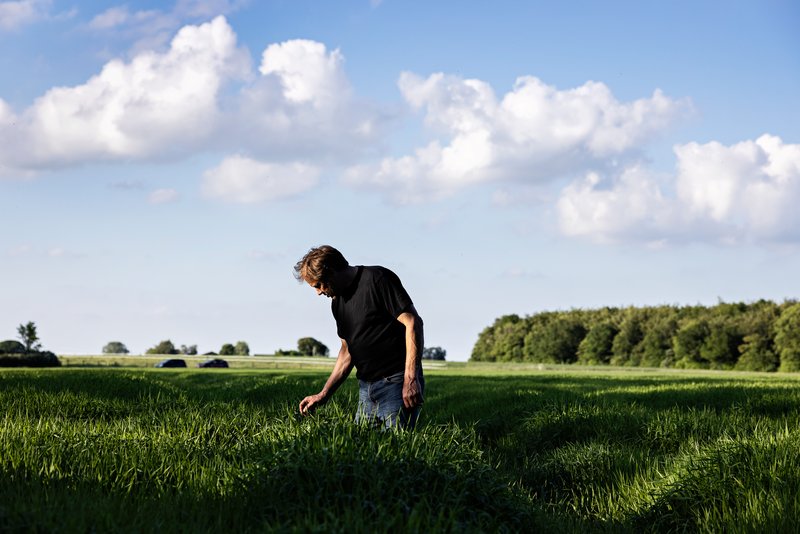Scientific path to a greener future
When we drew up our plan for sustainable solutions, Zero, it was vital to us that our climate goals should be science-based and in line with what the latest climate science says is necessary in order to achieve the Paris Agreement goals.
We therefore joined the Science Based Targets Initiative (SBTi) in early 2022. This is a partnership between the UN Global Compact, Carbon Disclosure Project, World Wide Fund for Nature (WWF) and World Resources Institute. We submitted our goals for validation in spring 2022 and received the validation of our climate goals from SBTi in early 2023.

This makes us the first major European company in our sector to receive the stamp of approval that our climate goals are science-based, realistic and in line with the aims of the Paris Agreement.
“Combatting climate change is key to our sustainability strategy because we want to contribute to a future for coming generations that is more sustainable in every way. The validation from the Science Based Targets Initiative is proof of our serious approach and commitment to working with science-based targets,”
Kristian Hundebøll, Group CEO of DLG.
Our goals
As a company, we will do everything we can to reduce greenhouse gas emissions to a level that will help limit the global temperature rise to no more than 1.5 degrees. The goals validated by SBTi have been broken down into sub-goals covering scope 1, 2 and 3 emissions. More than 98 per cent of our total emissions derive from scope 3, and it is therefore a requirement from SBTi that we set a goal for scope 3.
Our aim is for the DLG Group to have net-zero emissions by 2050, but the goals we have just had validated by SBTi are short-term goals for the period up until 2030, which will take us the first important steps of the way. We have set absolute goals for our scope 1, 2 and 3 emissions.
We commit to reducing the group’s scope 1 and 2 emissions by 50 per cent by 2030 (compared to 2019). We have set a sub-goal whereby we aim to reduce scope 1 and 2 emissions by 30 per cent by 2025 (compared to 2019).
We commit to reducing the group’s scope 3 emissions by 27.5 per cent by 2030 (compared to 2019).

How we will achieve our goals
Our scope 1 and 2 emissions relate primarily to the group’s own production and logistics operations. These account for less than 2 per cent of our total CO2 emissions, but it is still important that we make an effort to reduce them.
We will invest in green electricity production, in the form of new solar and wind farms, and will also produce green energy at our own sites. We will reduce emissions through energy optimisation and by electrifying our sites, and will use high-energy alternatives to gas and oil, including hydrogen.
In scope 3, our focus is on creating greener solutions that reduce emissions and help our customers achieve their aims and desire for a greener future.
What does this mean for farmers?
 Agriculture will play a key role in the green transition, where ambitious reduction targets must be achieved. It is crucial for farmers that, as their cooperative society, we can supply input products such as feed and fertiliser with a lower climate footprint, because by lowering emissions from one of the products used by farmers, we also lower the footprints of their farms.
Agriculture will play a key role in the green transition, where ambitious reduction targets must be achieved. It is crucial for farmers that, as their cooperative society, we can supply input products such as feed and fertiliser with a lower climate footprint, because by lowering emissions from one of the products used by farmers, we also lower the footprints of their farms.
As a company owned by farmers, we see it as our role to support farmers in the green transition by supplying products and services that contribute to a lower CO2e footprint. We have already launched several initiatives, including the development of alternative protein sources for feed. DLG is also investing significantly in exploring the possibility of producing green fertiliser.
